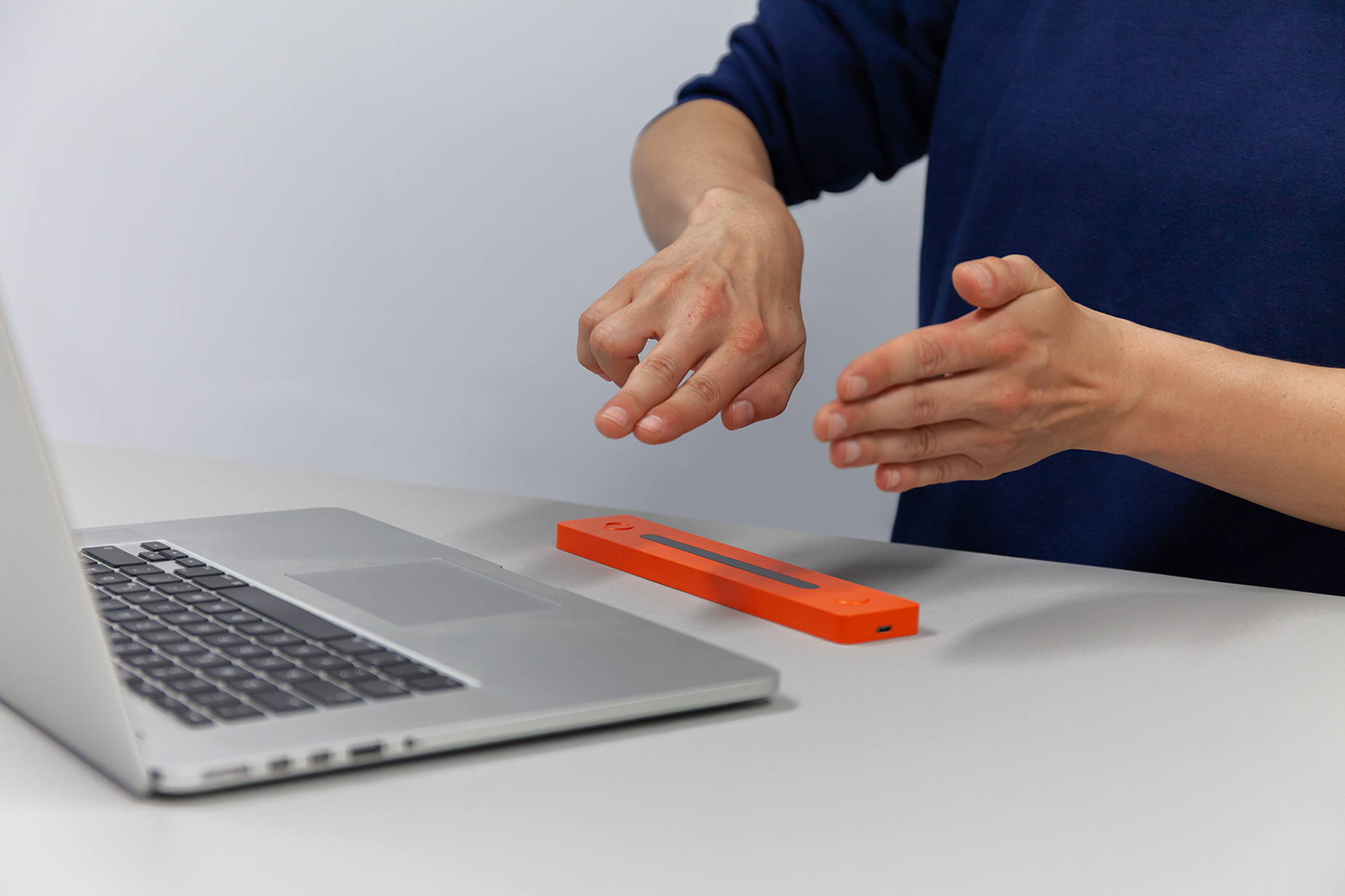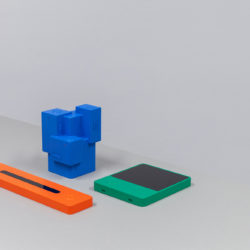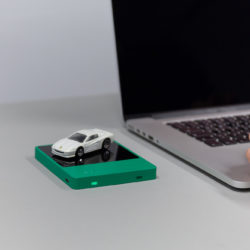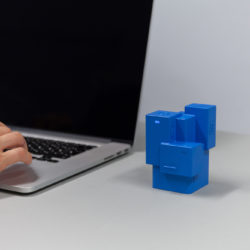Tangible Tags
Description
Tangible tags challenge our habitual human-computer interaction when storing and recalling data. The result of this practice-oriented research process are three interfaces that can be located on the desk next to our computer. Tangible Tags links human and artificial memory and builds the bridge between the digital and analog world. The three interfaces use the sensomotoric and cognitive abilities of humans to link and recall data using their own bodies, artificial architecture or objects.What is the Topic?
The starting point is the topic of data storage in relation to the user as an individual. Our digital systems for storing and recalling data are limited to a hierarchical structure of folders and subfolders, as we know it from the administrative sector. In contrast to this stands the mechanisms that take place in our heads when storing information and memories. These processes do not run hierarchically, but criss-cross. The more information is linked to each other, the better our memory can remember it. Tangible tags make use of the multitude of linking levels and make their possibilities for human-computer interaction tangible.
Why does it look like this?
Brightly coloured injection moulded plastic parts - the design of the interfaces is intended to suggest that these products are available on the market. The flashy bright colours are intended to make them stand out clearly on the desk next to the computer and underline their innovation. At the same time, the form is reduced to the bare essentials, as the objects (only) function as an interface between the analogue and digital worlds.
What is special?
The project questions the tendency to increasingly reduce interaction between humans and computers and questions whether the mouse, keyboard and touch displays do justice to the sensomotoric and cognitive abilities of humans at all. The resulting interfaces are a counter-project to this reduction, since they function through interaction with the own body, the environment and other objects. The interface between computer and human being is given more attention again as a tangible interface.
What is new?
Many digital systems follow the approach of providing a good structure in which the user can store and retrieve his or her data. According to the motto "as simple as possible", systems are developed which neither demand nor promote our cognitive abilities. The potential of self-created structures is mostly ignored. Instead of a ready-made system, Tangible Tags provides various interaction possibilities. The user creates his or her own individual structure.




